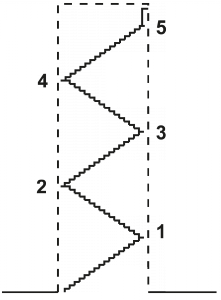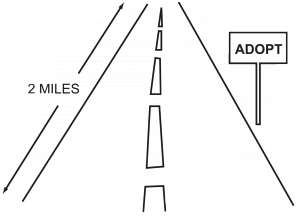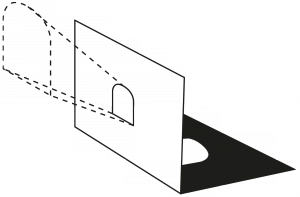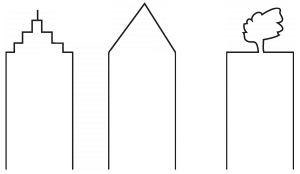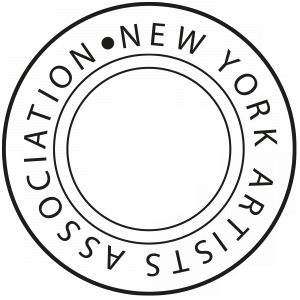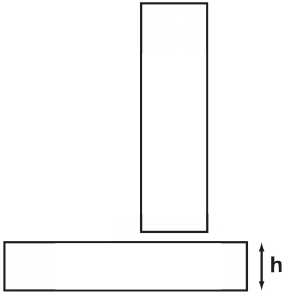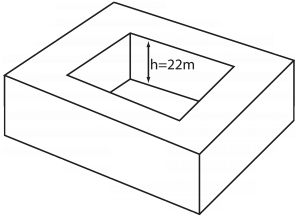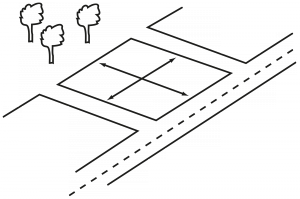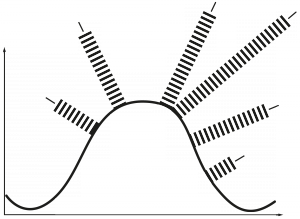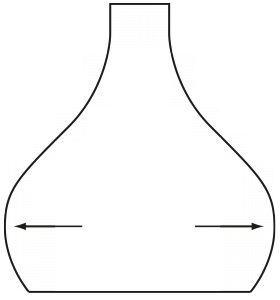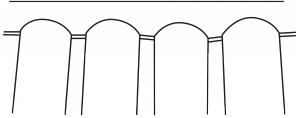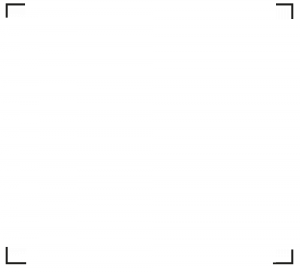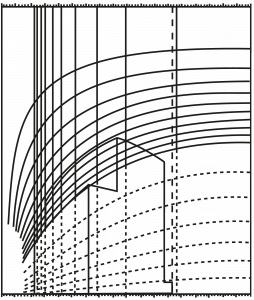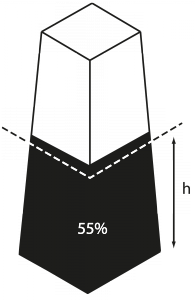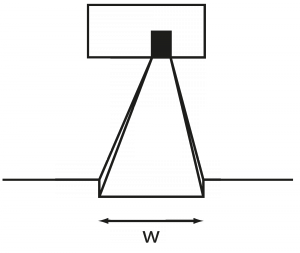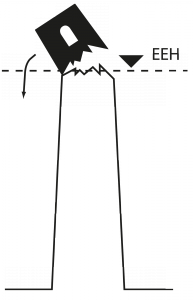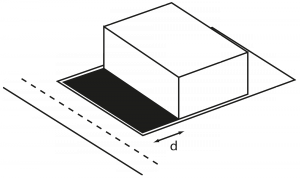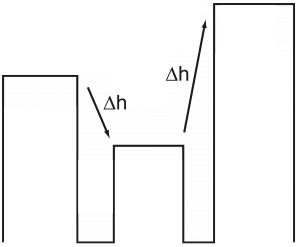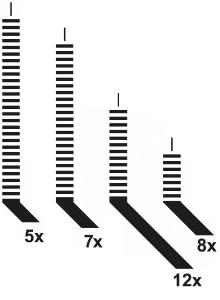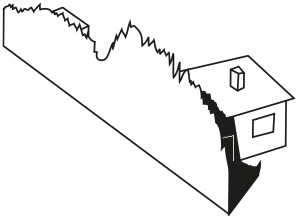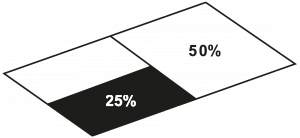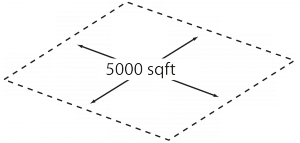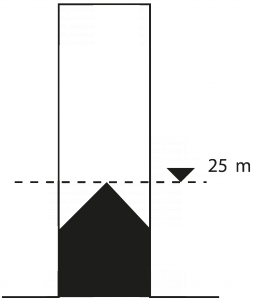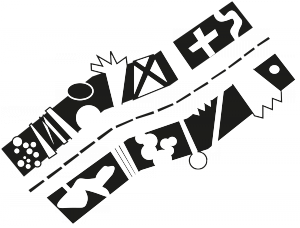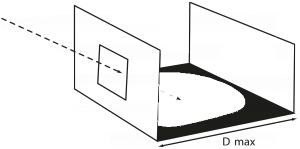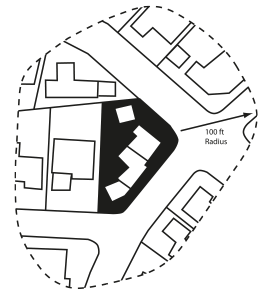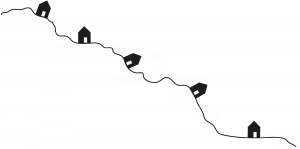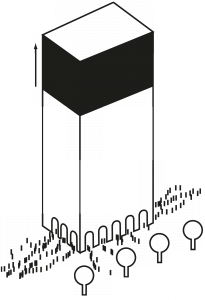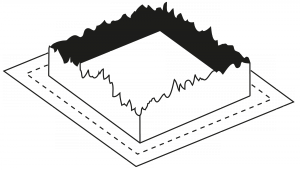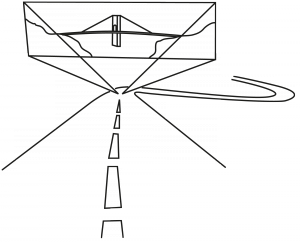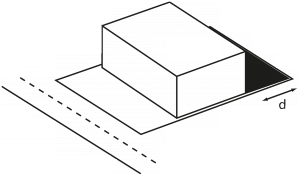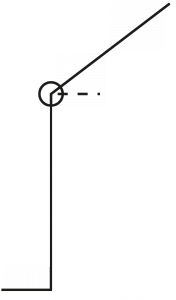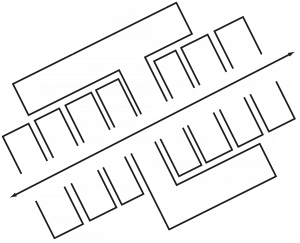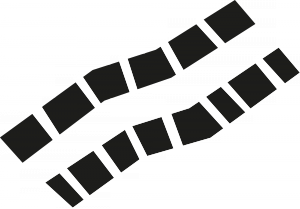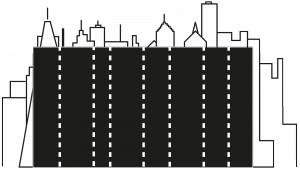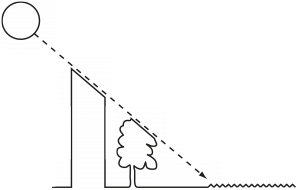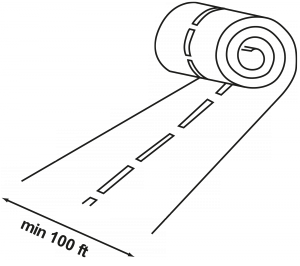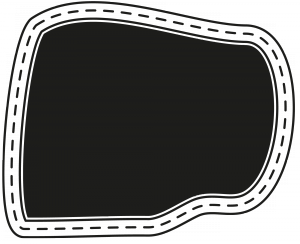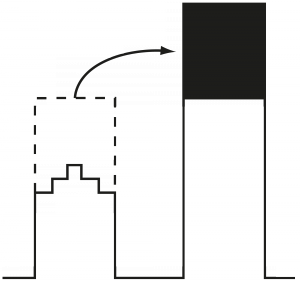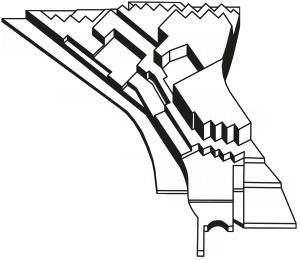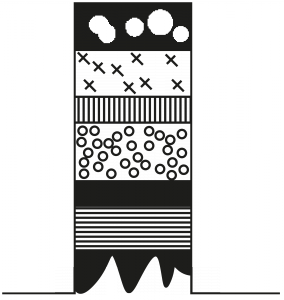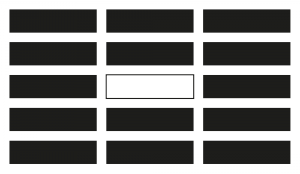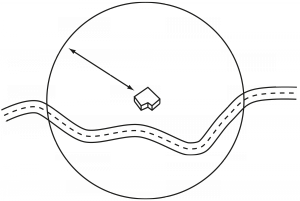Chair of Architecture and Urban Design
Asst. Prof. Dr. Alex Lehnerer
Asst. Prof. Dr. Alex Lehnerer
Grand Urban Rules
Design Rules and Design With Rules!
Cities as cultural products are neither ‘built’ nor ‘planned,’ at best they are guided and steered in a certain direction. Therefore, rules and regulations are one of the few tools that are actually suitable to guide future development within such collective and complex urban settings.
We strongly believe that the field of (urban) design should not simply adhere to these standards as some neutrally existing context but should actively engage in discussing them in order to make them subject to design as well. read more
Filter rules
Show All-
 Backdrop PreservationHeight, Density and Distribution Regulator, Form Regulator
Backdrop PreservationHeight, Density and Distribution Regulator, Form Regulator -
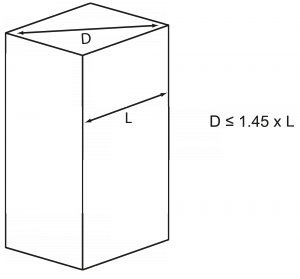 Building BulkDensity and Distribution Regulator, Form Regulator
Building BulkDensity and Distribution Regulator, Form Regulator -
 Common Law of NuisanceStyle, Density and Distribution Regulator, Programmatic Regulation, Form Regulator, Height
Common Law of NuisanceStyle, Density and Distribution Regulator, Programmatic Regulation, Form Regulator, Height -
 Freedom & CoercionHeight, Density and Distribution Regulator, Style, Programmatic Regulation, Form Regulator
Freedom & CoercionHeight, Density and Distribution Regulator, Style, Programmatic Regulation, Form Regulator -
 Glut TendencyProgrammatic Regulation
Glut TendencyProgrammatic Regulation -
 Invisible HandStyle, Density and Distribution Regulator, Programmatic Regulation, Form Regulator, Height
Invisible HandStyle, Density and Distribution Regulator, Programmatic Regulation, Form Regulator, Height -
 Land Preservation
Land Preservation -
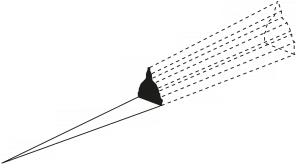 London View ManagementHeight, Density and Distribution Regulator, Form Regulator
London View ManagementHeight, Density and Distribution Regulator, Form Regulator -
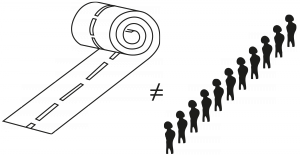 Population to Overall Street LengthDensity and Distribution Regulator
Population to Overall Street LengthDensity and Distribution Regulator -
 Proximity CoercionForm Regulator, Height, Density and Distribution Regulator, Programmatic Regulation
Proximity CoercionForm Regulator, Height, Density and Distribution Regulator, Programmatic Regulation -
 Public & Private InterestsHeight, Density and Distribution Regulator, Style, Programmatic Regulation, Form Regulator
Public & Private InterestsHeight, Density and Distribution Regulator, Style, Programmatic Regulation, Form Regulator -
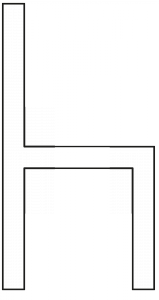 Public Space AcceptanceProgrammatic Regulation, Style, Density and Distribution Regulator
Public Space AcceptanceProgrammatic Regulation, Style, Density and Distribution Regulator -
 Revision CyclesHeight, Density and Distribution Regulator, Style, Programmatic Regulation, Form Regulator
Revision CyclesHeight, Density and Distribution Regulator, Style, Programmatic Regulation, Form Regulator -
 Ridge Line ProtectionDensity and Distribution Regulator, Form Regulator, Height
Ridge Line ProtectionDensity and Distribution Regulator, Form Regulator, Height -
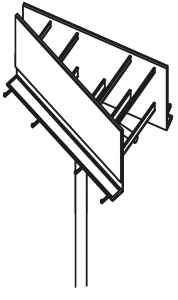 Rights to BeautyHeight, Style, Form Regulator
Rights to BeautyHeight, Style, Form Regulator -
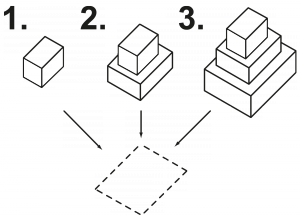 Rule of ThreeDensity and Distribution Regulator, Height, Style
Rule of ThreeDensity and Distribution Regulator, Height, Style -
 Rules and FreedomsProgrammatic Regulation, Form Regulator, Height, Style, Density and Distribution Regulator
Rules and FreedomsProgrammatic Regulation, Form Regulator, Height, Style, Density and Distribution Regulator -
 Scenic Drive ProtectionDensity and Distribution Regulator, Programmatic Regulation, Form Regulator, Height
Scenic Drive ProtectionDensity and Distribution Regulator, Programmatic Regulation, Form Regulator, Height -
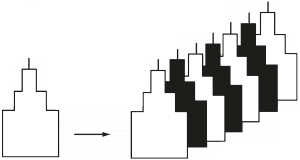 Style RulesForm Regulator, Style
Style RulesForm Regulator, Style -
 Towers at Primary StreetsHeight, Density and Distribution Regulator, Form Regulator
Towers at Primary StreetsHeight, Density and Distribution Regulator, Form Regulator -
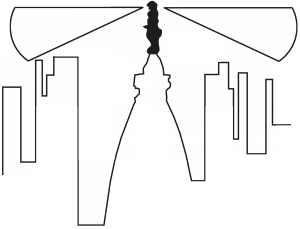 Where is William ?Height, Density and Distribution Regulator, Form Regulator
Where is William ?Height, Density and Distribution Regulator, Form Regulator
Office for urban regulation
Shoehorning
New York
As long as the maximum allowable site utilization has not been attained, and no landmark protection provisions apply, an existing building may be extended in height by putting another one on top of it.

-
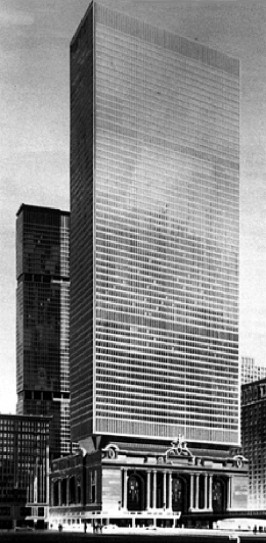 M. Breuer's Proposal for Grand Central Terminal, New York, 1965.
M. Breuer's Proposal for Grand Central Terminal, New York, 1965. -
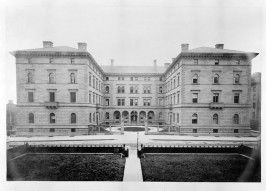 The Villard Houses, 1884.
The Villard Houses, 1884. -
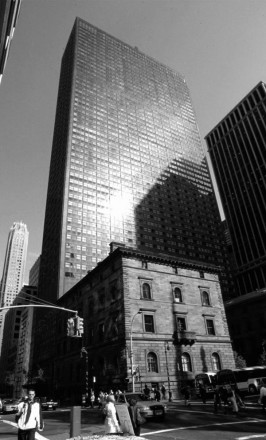 The Villard Houses being shoehorned, 1981.
The Villard Houses being shoehorned, 1981.
Rule category
Motivation
The Kind of Rule
Domain
Scale
Plot/Block Rule: Rule that relates to the scale of a city block or plot.


